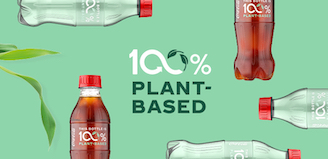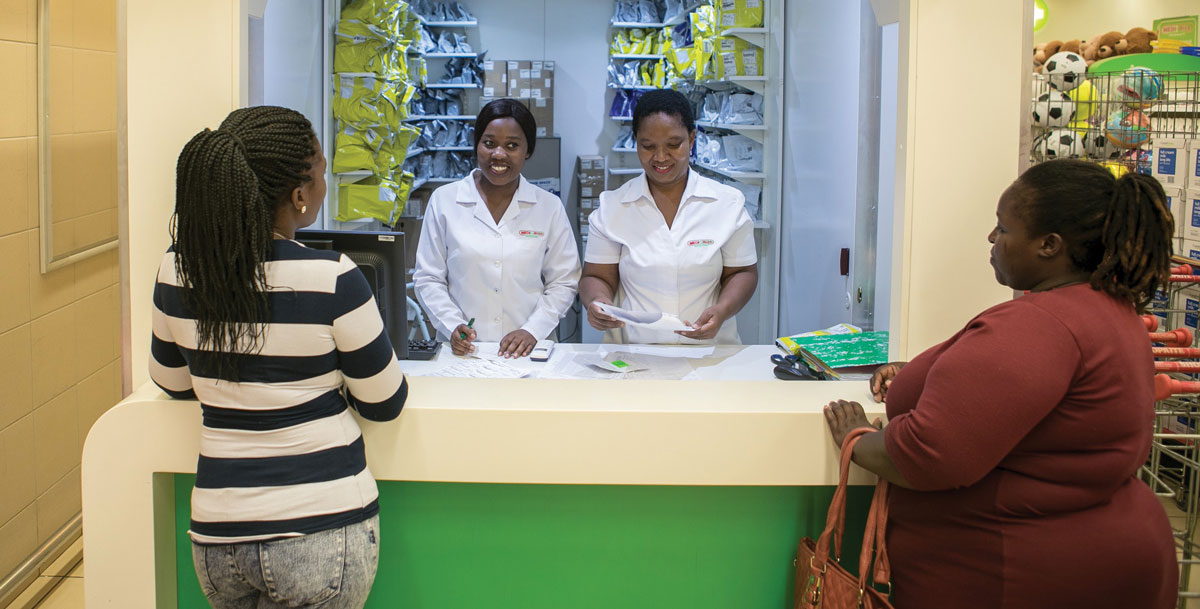Coca‑Cola Reports Third Quarter 2020 Results, Provides Update on Strategic Actions to Emerge Stronger from the Pandemic
10-22-2020
- Global Unit Case Volume Declined 4%
- Net Revenues Declined 9%; Organic Revenues (Non-GAAP) Declined 6%
- Operating Income Declined 8%; Comparable Currency Neutral Operating Income (Non-GAAP) Grew 7%
- Operating Margin Was 26.6% Versus 26.3% in the Prior Year; Comparable Operating Margin (Non-GAAP) Was 30.4% Versus 28.1% in the Prior Year
- EPS Declined 33% to $0.40; Comparable EPS (Non-GAAP) Declined 2% to $0.55
ATLANTA, Oct. 22, 2020 – The Coca‑Cola Company today reported third quarter 2020 results and updated its progress on several strategic initiatives that are designed to accelerate a return to growth. The Coca‑Cola system continues to focus on emerging stronger from the pandemic with a portfolio of the right brands, high-impact marketing, effective innovation and a highly networked organizational structure.
"Throughout this year's crisis, our system has remained focused on its beverages for life strategy. We are accelerating our transformation that was already underway, shaping our company to recover faster than the broader economic recovery," said James Quincey, chairman and CEO of The Coca‑Cola Company. "While many challenges still lie ahead, our progress in the quarter gives me confidence we are on the right path."
Highlights
Quarterly Performance
Revenues: Net revenues declined 9% to $8.7 billion. Organic revenues (non-GAAP) declined 6%. Revenue performance included a 4% decline in concentrate sales and a 3% decline in price/mix. The company reported improvement in trends versus the prior quarter, with revenue declines versus the prior year driven by ongoing pressure in away-from-home channels partially offset by sustained growth in at-home channels.
Margin: Operating margin, which included items impacting comparability, was 26.6% versus 26.3% in the prior year, while comparable operating margin (non-GAAP) was 30.4% versus 28.1% in the prior year. Operating margin expansion was primarily driven by effective cost management, partially offset by top-line pressure and currency headwinds.
Earnings per share: EPS declined 33% to $0.40, and comparable EPS (non-GAAP) declined 2% to $0.55.
Market share: The company lost value share in total nonalcoholic ready-to-drink (NARTD) beverages as an underlying share gain was more than offset by negative channel mix due to continued pressure in away-from-home channels, where the company has a strong share position.
Cash flow: Year-to-date cash from operations was $6.2 billion, down 20%. Free cash flow (non-GAAP) was $5.5 billion, down 17%.
Business Environment and Strategic Actions Update
Since the company's last earnings update in July, global unit case volume trends have continued to improve. The pace in the third quarter was more gradual than the second quarter, and the percentage decline in global unit case volume for October month-to-date was low single digits. The company is seeing an elevated level of sales in at-home channels being more than offset by ongoing pressure in away-from-home channels, which are affected by the level of lockdown in a particular market.
While the company is pleased with the sequential improvement, given the uncertainty remaining surrounding the coronavirus pandemic including a resurgence in various markets, the ultimate impact on its near-term results is unknown. Importantly, the company's balance sheet remains strong, and the company is confident in its liquidity position as it continues to navigate through the crisis.
The recent strategic actions of portfolio optimization, disciplined innovation, increased marketing effectiveness and efficiency, enhanced system collaboration and evolving the organizational structure have given the company increased confidence in emerging stronger.
Company Updates
Building a networked organization designed for growth: The company is establishing a networked structure that is comprised of operating units, category teams, Platform Services and the center. Operating units will be highly interconnected and will sit under the four existing geographic segments, with a focus on local execution. Category teams will drive innovation, marketing efficiency and effectiveness in partnership with operating units. Platform Services will focus on world-class services and capabilities globally to the system, while the center will provide strategy, governance and scale for global initiatives. The company's new, networked organization will combine the power of scale with local execution. The changes to the company's structure will result in a reallocation of some associates along with a reduction in the number of associates, which is underway through a combination of voluntary separation programs and involuntary reductions.
Shaping a winning growth portfolio: The company continues to pursue its beverages for life ambition by calibrating a portfolio with an optimal set of global, regional and local brands with the strongest potential to grow their consumer bases, increase frequency and drive system margins. The company expects to offer a portfolio of approximately 200 master brands, an approximate 50% reduction from the current number, and phase out some products, such as ZICO® and TaB®.
Expanding consumer-centric innovation: The company is committed to exploring new products in dynamic beverage categories. In the third quarter, the company launched Topo Chico™ Hard Seltzer, which blends purified sparkling water, a gluten-free alcohol base and natural flavors, with minerals added for taste. Topo Chico™ Hard Seltzer is inspired by Topo Chico® sparkling mineral water, a 125-year-old brand with a rich heritage. The new product is currently available in select cities in Latin America. In the United States, the company entered into an agreement with Molson Coors Beverage Company to manufacture, market and distribute the product. This relationship will allow Topo Chico™ Hard Seltzer to launch with scale in the U.S., which we anticipate will occur in the first half of 2021.
Notes
- All references to growth rate percentages and share compare the results of the period to those of the prior year comparable period.
- All references to volume and volume percentage changes indicate unit case volume, unless otherwise noted. All volume percentage changes are computed based on average daily sales, unless otherwise noted. "Unit case" means a unit of measurement equal to 192 U.S. fluid ounces of finished beverage (24 eight-ounce servings), with the exception of unit case equivalents for Costa® non-ready-to-drink beverage products which are primarily measured in number of transactions. "Unit case volume" means the number of unit cases (or unit case equivalents) of company beverages directly or indirectly sold by the company and its bottling partners to customers or consumers.
- "Concentrate sales" represents the amount of concentrates, syrups, beverage bases, source waters and powders/minerals (in all instances expressed in equivalent unit cases) sold by, or used in finished beverages sold by, the company to its bottling partners or other customers. For Costa® non-ready-to-drink beverage products, "concentrate sales" represents the amount of coffee beans and finished beverages (in all instances expressed in equivalent unit cases) sold by the company to customers or consumers. In the reconciliation of reported net revenues, "concentrate sales" represents the percent change in net revenues attributable to the increase (decrease) in concentrate sales volume for the geographic operating segments and the Global Ventures operating segment after considering the impact of structural changes. For the Bottling Investments operating segment, this represents the percent change in net revenues attributable to the increase (decrease) in unit case volume computed based on total sales (rather than average daily sales) in each of the corresponding periods after considering the impact of structural changes. The Bottling Investments operating segment reflects unit case volume growth for consolidated bottlers only.
- "Price/mix" represents the change in net operating revenues caused by factors such as price changes, the mix of products and packages sold, and the mix of channels and geographic territories where the sales occurred.
- First quarter 2020 financial results were impacted by one less day as compared to the same period in 2019, and fourth quarter 2020 financial results will be impacted by two additional days as compared to the same period in 2019. Unit case volume results for the quarters are not impacted by the variances in days due to the average daily sales computation referenced above.


